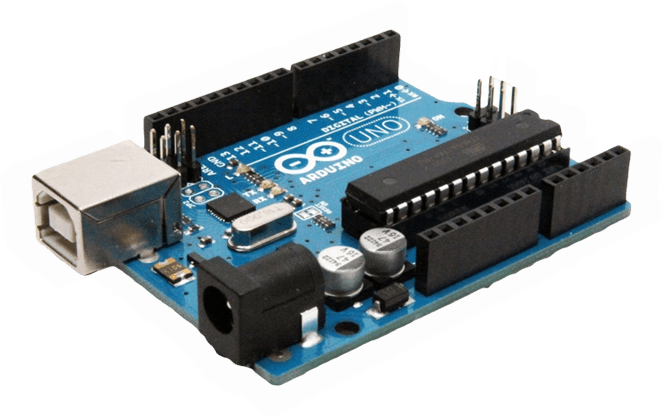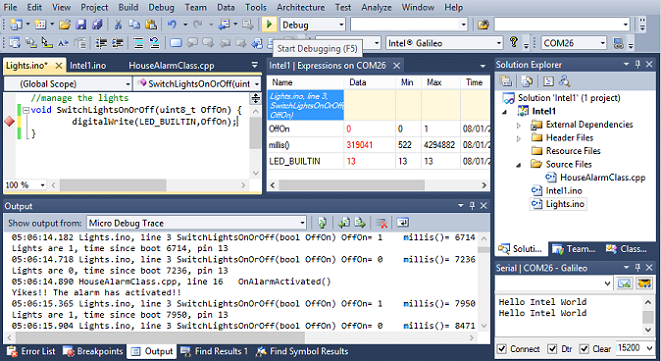


So if we put a value of 256, our result would be 0.įor example if we added +1 for each number below, we'd have: Why? Because 255 is the maximum value of an unsigned char or an uint8_t.
#Arduino undefined visual micro >= 100 code
In the code part we will see that the number8 variable has a result of 255. It's not so easy to understand all these things, but keep trying, it will be clearer after the end of this tutorial. Notice that 0xFFFFFFFFFFFFFFFF is the same as 18, 446, 744, 073, 709, 551,615 and this is the maximum value possible for an unsigned long long, depending on your processor architecture (as gineera said in its comment). We're going to use a variable called testValue equal to 0xFFFFFFFFFFFFFFFF. It turns out that they are equal respectively to: unsigned char, unsigned short, unsigned int and unsigned long long. You can look at examples of errors detected by the V610 diagnostic.You are likely wondering what are uint8_t, uint16_t, uint32_t and uint64_t. If you add this comment into a "*.cpp" file, it will affect only this particular file. For example, such is the "stdafx.h" file. This comment should be added into the header file included into all the other files. For this purpose, you may type in a special comment somewhere in the program text: //-V610_LEFT_SIGN_OFF Nevertheless, we understand when programmers want the warning to be disabled for the cases when the left operand is negative. Though the programmer blames the compiler, we in fact have that very case when the compiler acts in a different way than we're used to. You may get an unexpected result when using the GCC compiler for the MSP430 microprocessor. If you are concerned about code portability, you shouldn't use negative value shifts. It'd be more correct to say that most compilers do that in the same way. You might think that although this is undefined behavior, all the compilers should handle the code in the same way. Such a code usually seems to work correctly. Let's examine the situation with the negative left operand in detail.

To learn more on the issue we've discussed, please read the article " Wade not in unknown waters. This is the correct code: *value |= ((UInt64)b << (8 * i)) Theoretically, it is undefined behavior here and the result cannot be predicted. In practice, it will cause the high-order part of the 64-bit value to remain filled with zeroes. Unfortunately, it will fail if the number was larger than 0x00000000FFFFFFFF. The function tries to read a 64-bit value byte-by-byte. SafeReadDirectUInt64(ISzInStream *inStream, UInt64 *value) Consider a sample taken from practice: SZ_RESULT

In real applications, it's more complicated. These are, of course, simplified samples. Let's give some code samples that cause undefined or unspecified behavior: int A = 1 If E1 has a signed type and a negative value, the resulting value is implementation-defined. If E1 has an unsigned type or if E1 has a signed type and a non-negative value, the value of the result is the integral part of the quotient of E1/2^E2. The value of E1 > E2 is E1 right-shifted E2 bit positions. The behavior is undefined if the right operand is negative, or greater than or equal to the length in bits of the promoted left operand.Ģ. The type of the result is that of the promoted left operand. The operands shall be of integral or unscoped enumeration type and integral promotions are performed.ġ. The shift operators > group left-to-right. This is how the C++11 standard describes shift operators' work: The analyzer has detected a shift operator that causes undefined behavior/unspecified behavior.


 0 kommentar(er)
0 kommentar(er)
